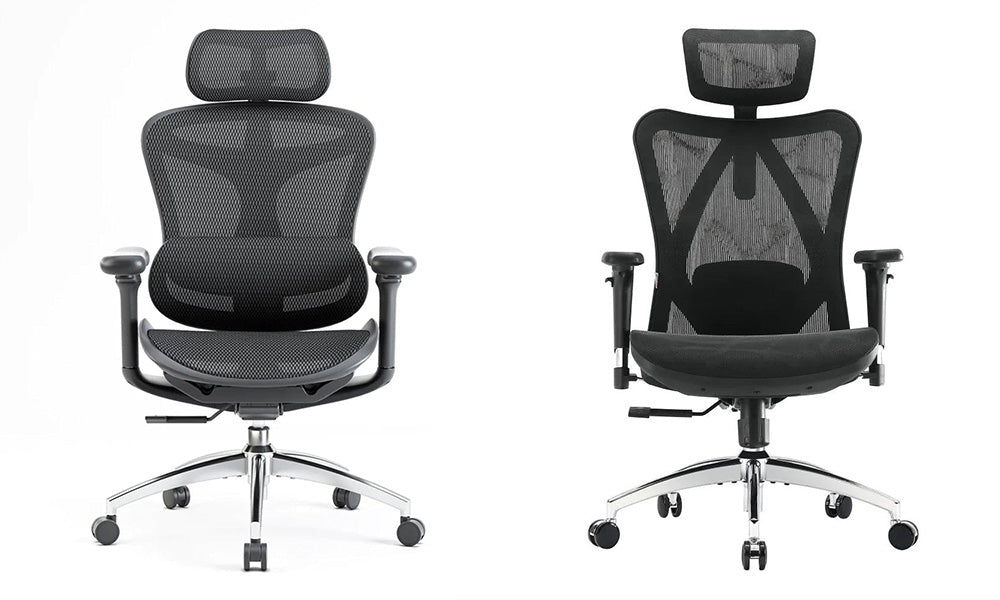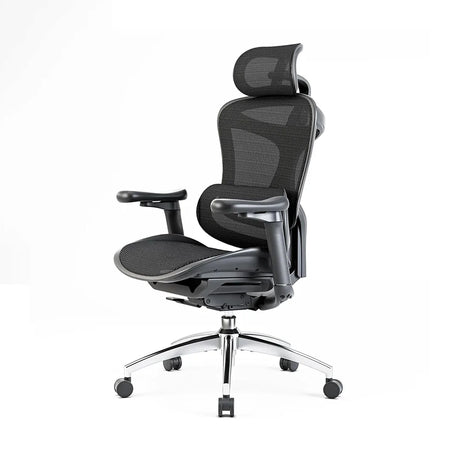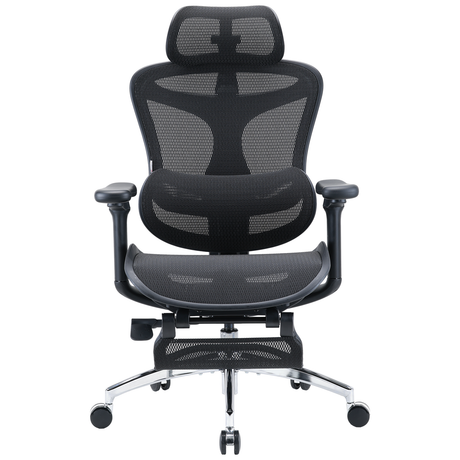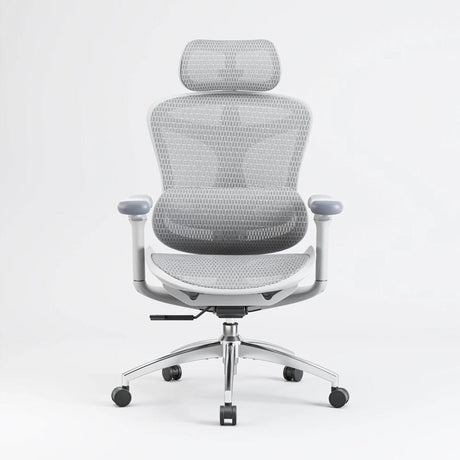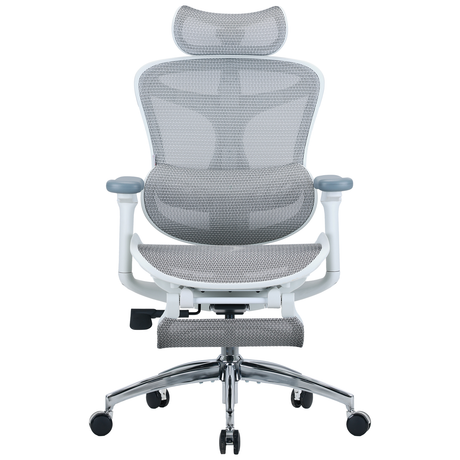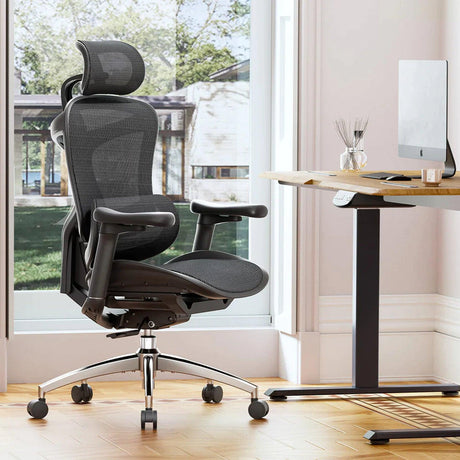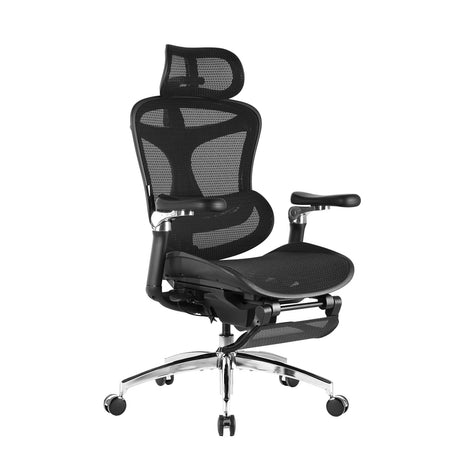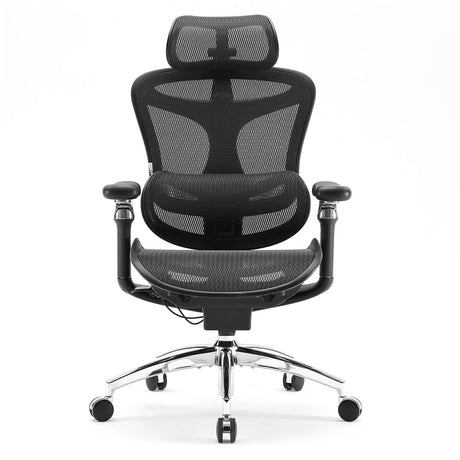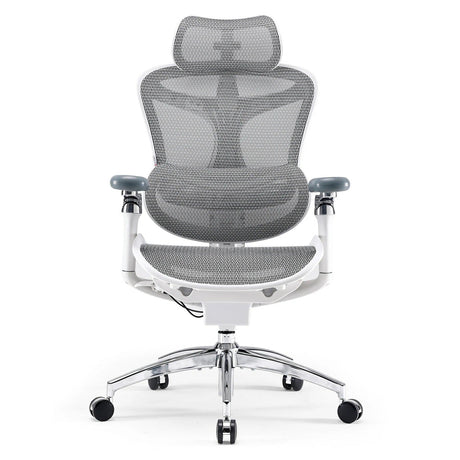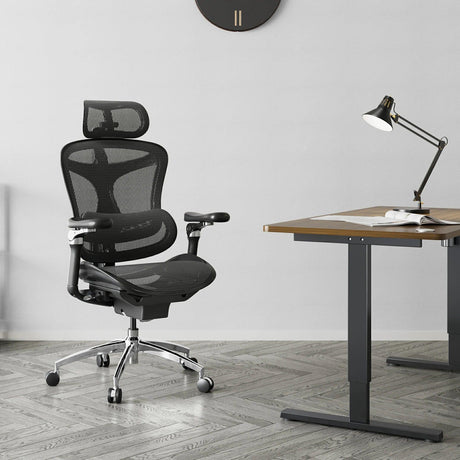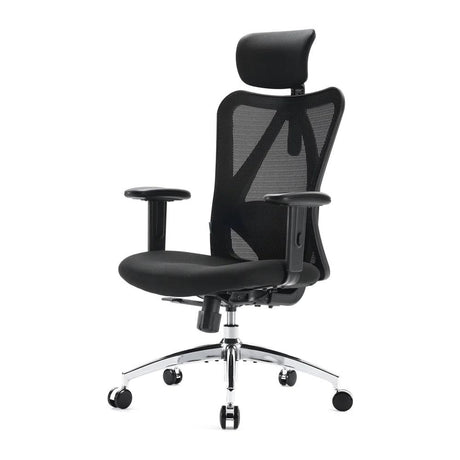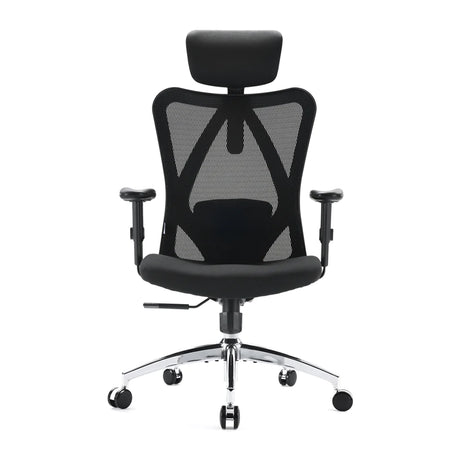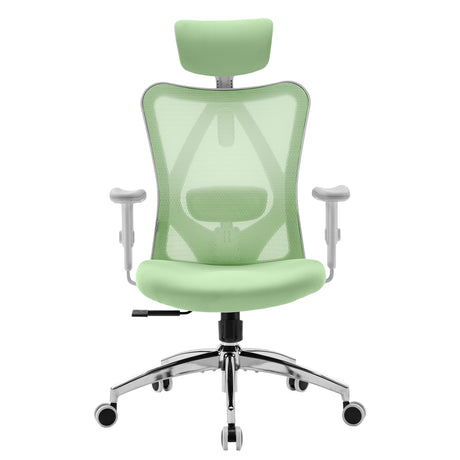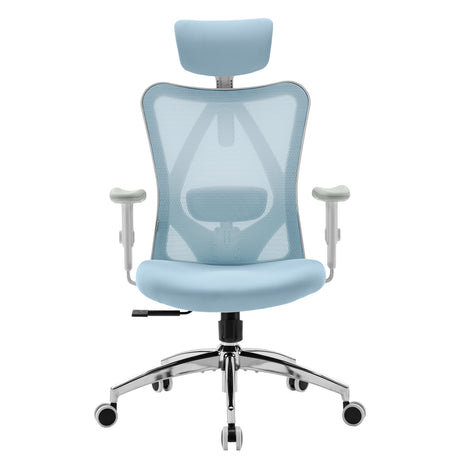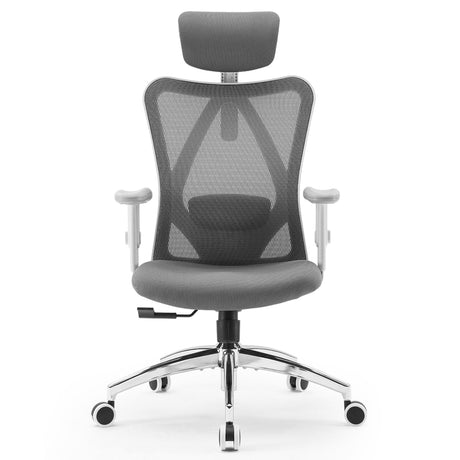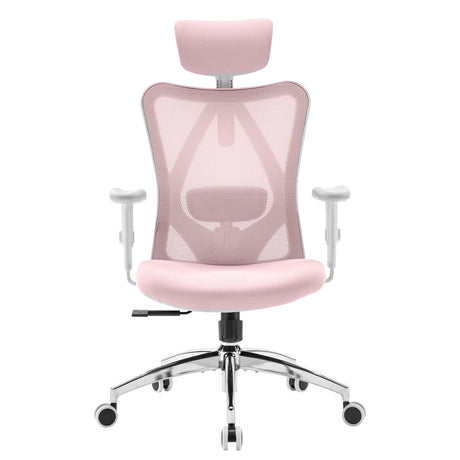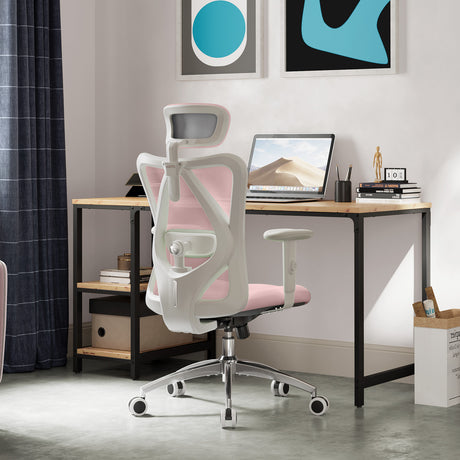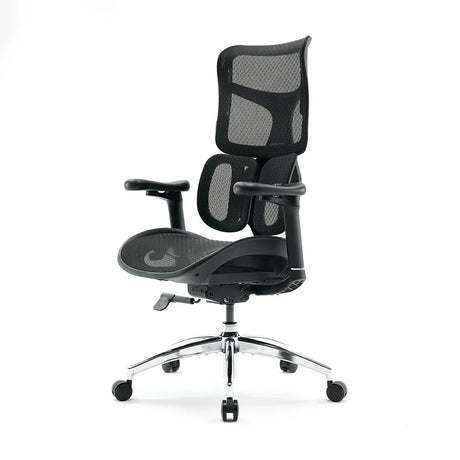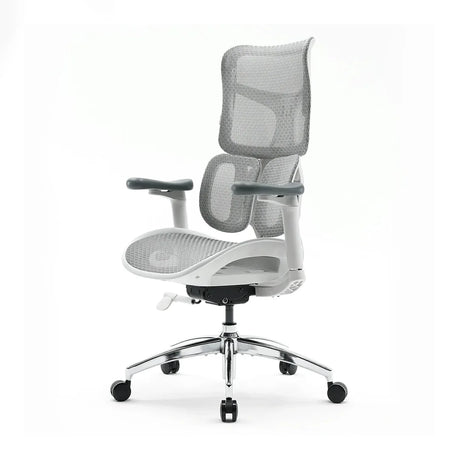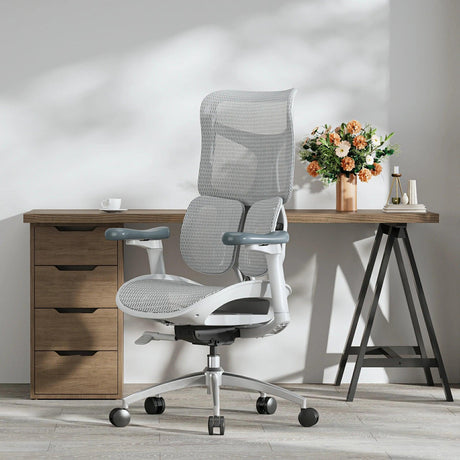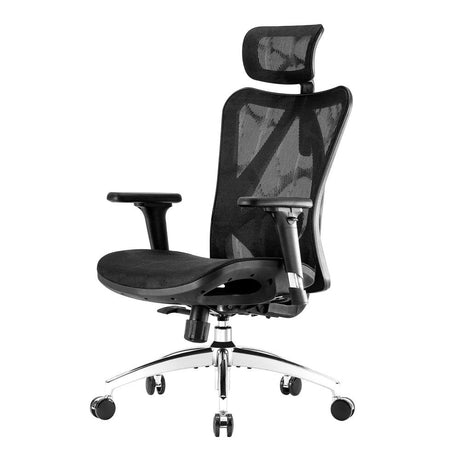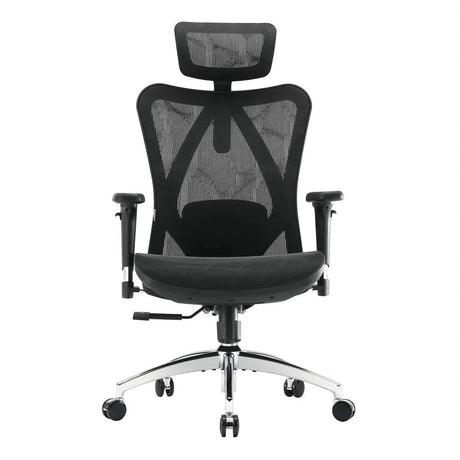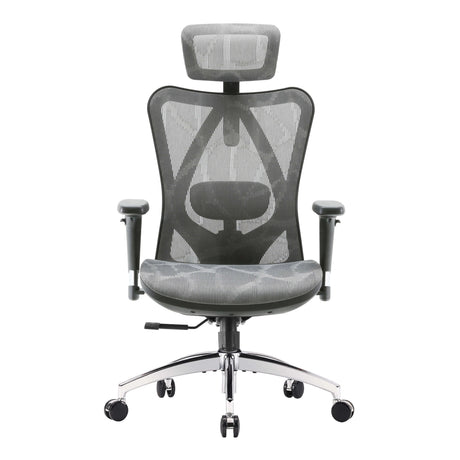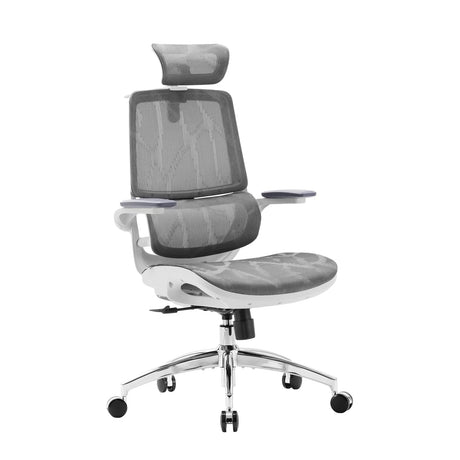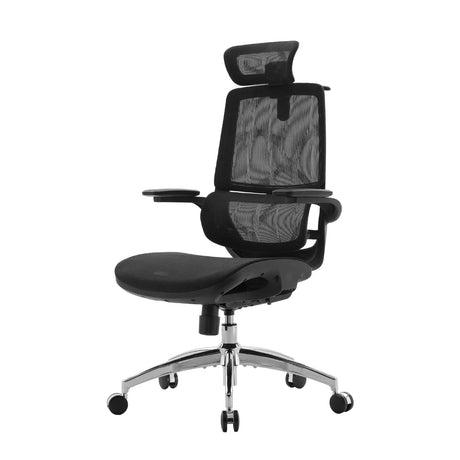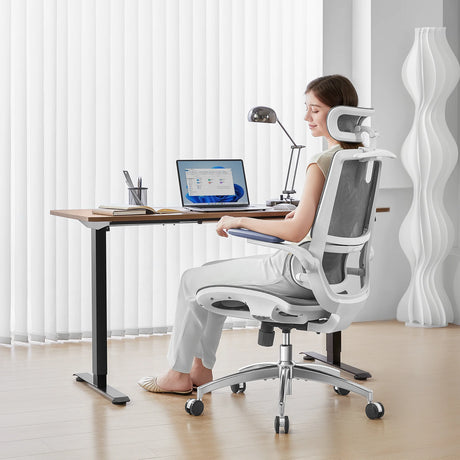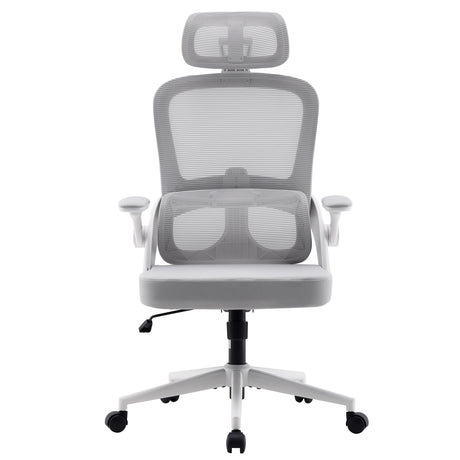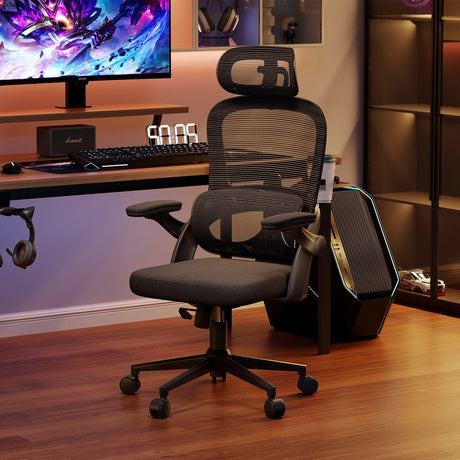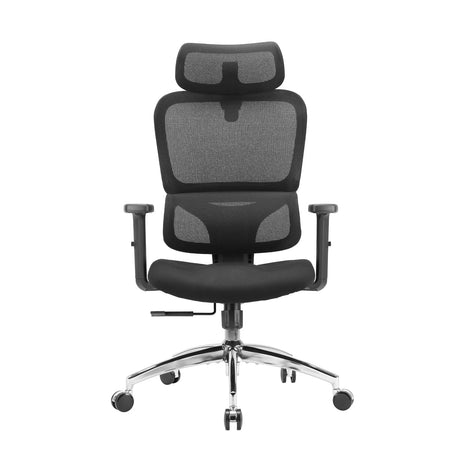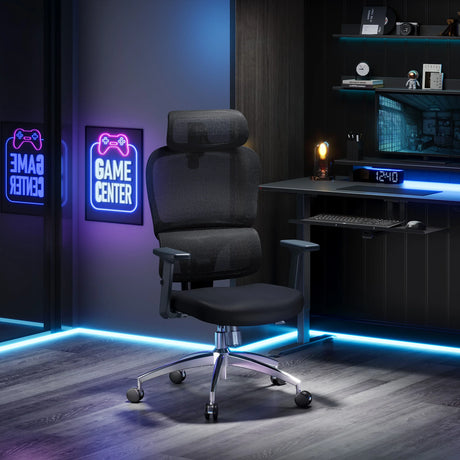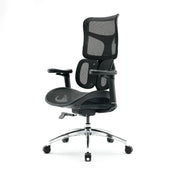When it comes to choosing an ergonomic office chair, one of the most noticeable and often overlooked design features is the structure of the backrest. Some chairs offer a single-piece backrest, often a seamless curve from the seat to the top, while others adopt a two-piece or multi-piece backrest, usually with separated lumbar and upper back sections. While this might seem like a simple aesthetic difference, it actually plays a big role in how a chair feels, supports you, and helps (or hurts) your posture throughout the day.
So, do you prefer a best office chair with a single-piece backrest or one with a two-piece or segmented design? Let’s dive into the pros and cons of each to help you figure out which might be the better fit for your workstyle, body, and comfort preferences.
The Case for the Single-Piece Backrest
Chairs with a single-piece backrest often have a clean, minimalist look. You’ll usually find this style in classic executive chairs, mesh chairs, or modern all-in-one ergonomic models. The single panel typically runs from the lower back area all the way up to the neck or headrest.
Pros:
1. Sleek and Unified Support:
A single-piece backrest provides continuous support, allowing your spine to maintain a natural “S” curve. If the design is well-contoured, it can cradle your back comfortably without the need for multiple adjustment points.
2. Simplicity and Aesthetics:
These chairs often look sleek and uncluttered. For minimalists or modern office aesthetics, a single-piece backrest tends to blend in more easily.
3. Stability and Durability:
Fewer moving parts can mean fewer failure points over time. If you're the type to lean back often or change posture regularly, a single-piece structure can feel sturdier and less prone to wobbling.
Cons:
1. Less Customizable Support:
Since the backrest is one continuous piece, you might not get targeted lumbar support unless it’s built into the structure. For those who have specific lower back issues or who sit for long stretches, this can be a drawback.
2. Limited Flexibility for Movement:
Without a segmented structure, some users may feel “locked in” to a fixed posture. There’s typically less movement between upper and lower back support areas.
The Case for a Two-Piece or Multi-Piece Backrest
The two-piece design separates the backrest into at least two distinct parts—typically one for lumbar support and one for the upper back and shoulders. Some chairs even add a third for the neck or a dynamic mid-back section.
This style is becoming more common in high-end ergonomic chairs and is often favored in chairs focused on adaptive support and long-term sitting comfort.
Pros:
1. Targeted Ergonomic Support:
The biggest strength of the two-piece design is the ability to tailor the support. The lower back section can provide independent lumbar adjustments while the upper section can accommodate shoulder movement and flexibility.
2. More Adjustability:
With separate parts, you’re more likely to find chairs that let you tweak lumbar depth, height, or even apply dynamic lumbar support systems that flex with your spine throughout the day.
3. Encourages Active Posture:
Segmented designs are often paired with flexible materials and movable joints that promote micro-movements—reducing the feeling of stiffness and encouraging better posture habits.
Cons:
1. More Moving Parts:
With adjustability comes complexity. More parts mean more things that can go wrong or wear out over time. If you're not a fan of tinkering with chair settings, this might feel overwhelming.
2. Bulkier Aesthetic:
Some two-piece chairs look more technical or even robotic. While that can scream "ergonomic innovation," it might not suit everyone’s style, especially in home offices where simplicity is preferred.
3. Cost:
More features typically mean a higher price point. If you're budget-conscious, you might find that many two-piece chairs are in the premium range.
Real-Life Comfort: What Do Users Prefer?
Ultimately, your preference might come down to how you use your chair. Here are some scenarios to help you decide:
- For long workdays at a desk: Two-piece backrests might give you the edge. You’ll appreciate the lumbar and upper back independence, especially if you tend to slouch or shift often.
- For casual use or short sessions: A well-designed single-piece backrest might offer all the support you need, with less complexity and often at a lower price point.
- For people with back issues: Two-piece or dynamic lumbar support chairs are often the go-to, especially for users dealing with chronic lower back pain or needing more spinal movement support.
- For aesthetic or minimalist setups: Single-piece designs often win here. They're visually streamlined and feel less mechanical.
A Personal Take: Which One Feels Better?
After testing out both types, the verdict often comes down to what your back tells you after a few hours.
Single-piece backrests feel cohesive—there’s a satisfying cradle effect that makes them ideal for upright typing or quick desk sessions. But two-piece chairs offer a level of precision and adaptability that makes you feel supported whether you’re leaning forward in focus or reclining back to relax.
In particular, some of the latest ergonomic office chairs with dual-dynamic lumbar systems or self-adaptive backrests (like the Sihoo Doro S100 or C300 series) show how a multi-piece structure can actively support your back in real time, adjusting as you move. That’s a game-changer for people who don’t want to be static all day.
So, Which One Should You Choose?
There’s no universal answer, but here’s a quick guide:
| Preference |
Best Option |
|
You want clean aesthetics and simplicity |
Single-piece backrest |
|
You need advanced support and adjustability |
Two-piece backrest |
|
You have lower back pain or posture concerns |
Two-piece with dynamic lumbar |
|
You prefer fewer parts and less to adjust |
Single-piece, contoured design |
|
You want to encourage movement |
Multi-piece or adaptive backrest |
Final Thoughts
In the end, the best backrest style is the one that supports your spine, your habits, and your workflow. Whether you love the fluid curve of a single-piece back or the customizable feel of a two-piece chair, what matters most is that you sit in comfort—and stay supported for the long haul.
So next time you're choosing an ergonomic chair, don’t just look at the cushion or headrest—check the backrest style too. Your back will thank you.
